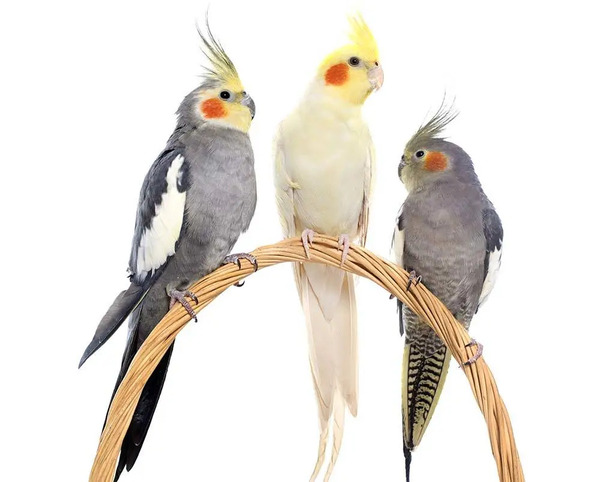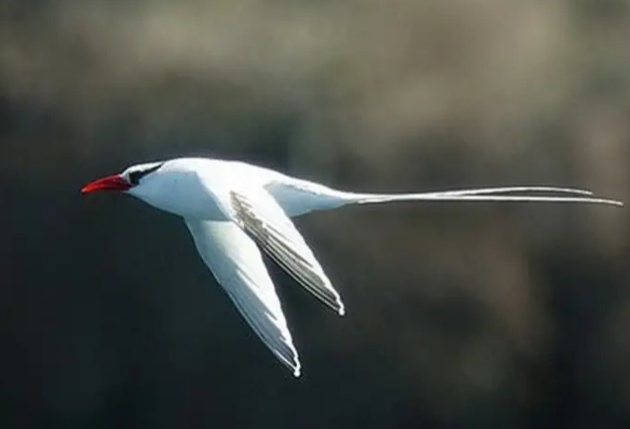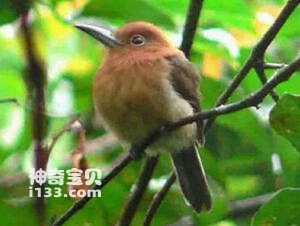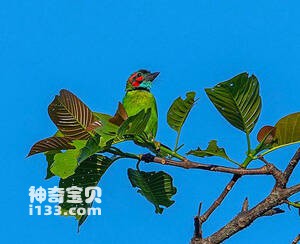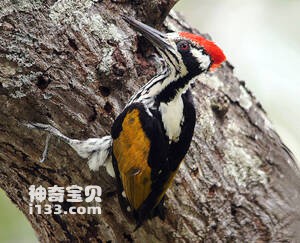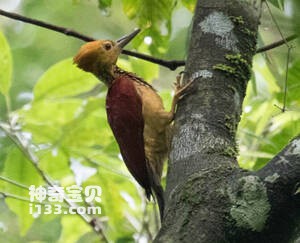Todirhamphus farquhari
IUCN
LCBasic Information
Scientific classification
- name:Todirhamphus farquhari
- Scientific Name:Todirhamphus farquhari,Chestnut-bellied kingfisher,Vanuatu kingfisher
- Outline:Climbing birds
- Family:
Vital signs
- length:19-21cm
- Weight:No textual research information is available
- lifetime:No textual research information is available
Feature
It's endemic to Vanuatu, actually to the northern half of Vanuatu
Distribution and Habitat
It is found only on Malecula, Santo and Malo Islands, mainly in primary forests below 700 m above sea level, but also in gardens, farmlands and coconut forests on Malo Island.
Appearance
It is 19-21cm long. Unlike the Pacific kingfisher, it has a rich purple-blue back, wings, and head, a distinctive maroon orange breast, belly, and undertail, collar, and throat, and a white spot in front of the eye, without white spots - the blue of the head forms a sharp line (stripe across the eye) with the black eye circles.
The mouth is thick and long like a chisel, the base is wider, the mouth peak is straight, the peak ridge is round, there is no nasal groove on both sides; Wing circle, the first primary feather is equal or slightly shorter than the seventh primary feather, and the second, third, and fourth are nearly equal in length; Primary feather base with white spots; The tail is round.
Details
The Vanuatu emerald, known as Todirhamphus farquhari, Chestnut-bellied kingfisher, Vanuatu kingfisher, is endemic to Vanuatu.
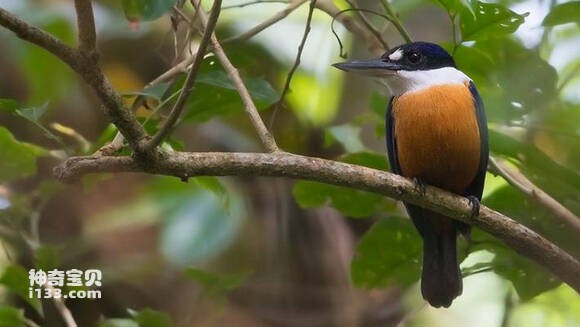
Vanuatu jadeite is usually eaten alone or in pairs. Like most forest kingfishers, they are completely carnivorous. Often searching for prey in leaves or dirt. The main diet is invertebrates such as crickets, spiders, scorpions, and snails. It also eats small vertebrates such as small fish, small snakes and lizards. The call is a long series of "tick" chirps repeated 20 or more times for up to a minute.
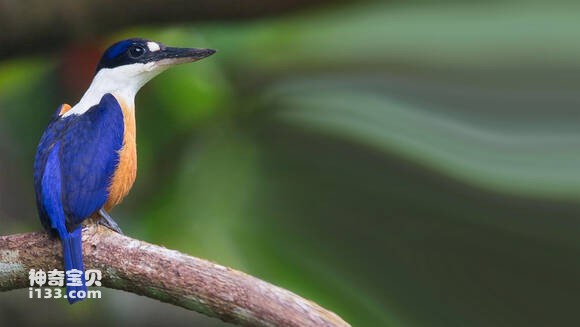
Vanuatu jades build their nests by cutting a hole in a palm or fern tree, usually a stem that has been hollowed out by termites. Three to four white eggs are laid at a time, about 29.4×26.2 mm in size.
Listed in the International Union for Conservation of Nature (IUCN) ver 3.1:2008 Red List of Birds.
Protect wild animals and eliminate wild meat.
Maintaining ecological balance is everyone's responsibility!



